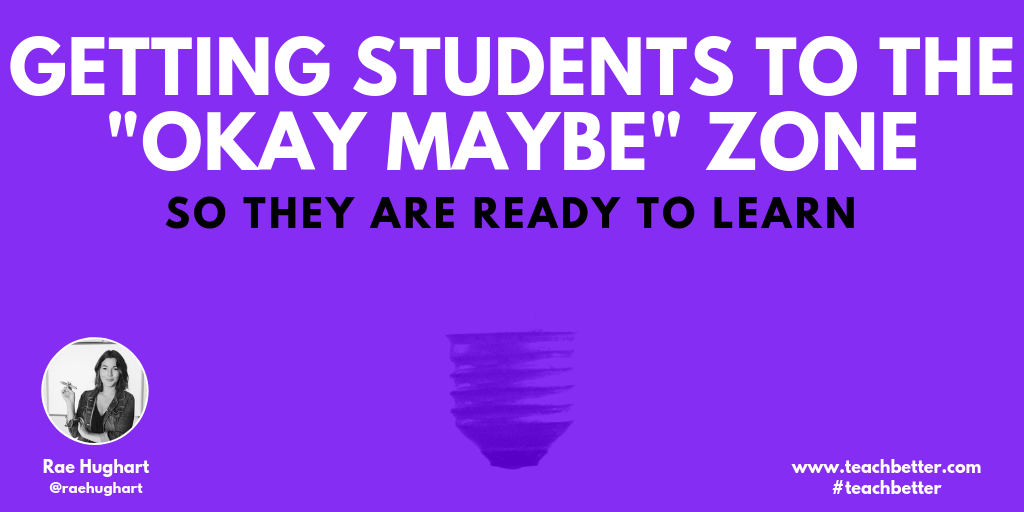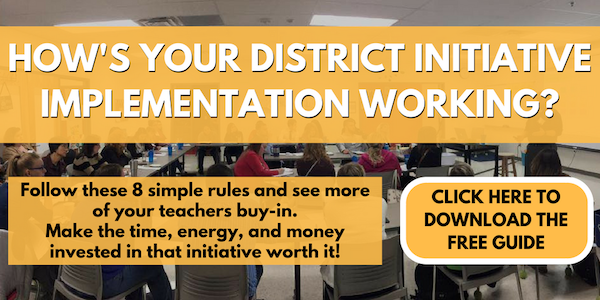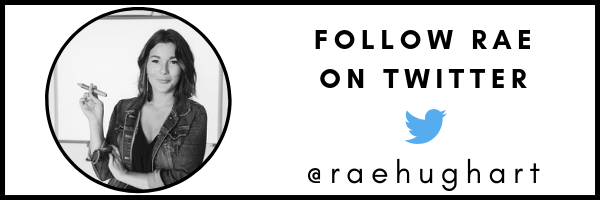Getting learners to the “Ok Maybe” Zone.
- The “Ok Maybe” Zone is the moment learners (whether students or adults) become open-minded.
- In order to reach this zone, you need to learn their story, understand their background knowledge, and paint the picture of success.
- Painting the picture of success requires 4 steps: Start With the Why, Stay Student Focused, Incorporate Models of Persuasion: Ethos, Logos, Pathos, and Make it Manageable.
I was in the car driving to Chicago when I finally had the time to catch up on the phone with an outstanding educator in Wisconsin. As our discussion began, we caught up on class goals, new initiatives we were working on, and student concerns. As we brainstormed, there was a consistent theme of working to better support others teachers throughout their educational growth journey. Feeling met with some resistance, we problem solved through the right approach to best combat these educators resistant to change…
What’s the secret? You must find the “Ok Maybe” Zone.
“Ok Maybe” Zone (Adjective) : The moment in a learners progression when they become open-minded to your insight. The moment when you can actually begin moving forward to achieving growth rather than butting up against a tall brick wall.
EX:
Leader: “…and that’s why using a pencil is beneficial!”
Learner: “Humm… Ok Maybe”
The “Ok Maybe” Zone exists for both resistant students and adults. So, what are the steps toward progress?
Regardless of their drive to be Better, all humans have moments when learning sounds undesirable. Click To Tweet1. Get to Know Their Story.
As we encourage others to alter their norms, the first step in their growth is for you to understand their story. Everyone has a story. Whether it be their experience in education, their past failures in the classroom, or their home life – it’s essential to understand their reality before any progress can be made.
Working with Students Example: Last week in my classroom, I was working with a student named Isabella because she was having a difficult time learning simplifying fractions. I brainstormed new strategies to support her over and over and even sat one on one to support her personalized needs. To be honest, we worked relentlessly, but no progress was made. Finally, I sat back in my seat and asked her the problem. She told me, point blank, “Today has been awful!” Leaning back in, I asked, “What’s going on?” She went on and on about her lost cell phone and her continuous feeling of being “out of control” of what was going on around her. So, recognizing her reality of the day, we focused on finding the lost phone first.
The following day, after locating her phone, it was AMAZING the progress Isabella took toward mastering fractions! It’s astonishing what understanding her story made to our progress.
Working with Educators Example: While working with a teacher in a workshop, we continued to butt-heads on the need for educators to personalize their classroom to meet students’ needs. Questioning where this notion came from, I asked her about her story throughout education. She told me about the magic she created in her classroom when starting out in the field. She highlighted student after student she impacted, and the power student relationships played into her success.
I knew there was a necessary shift I needed to make in my language to her from then on. I needed to better explain how personalized learning would impact her ability to form stronger, more valuable relationships with her students. Then, I could begin speaking to her personal story.
[scroll down to keep reading]2. Understand their Background Knowledge.
As you present new ideas to both teachers and students, resistance can occur when you are not speaking the same language. Alternatively, if you start from the beginning in all trainings, you may spend hours focused on building background knowledge that already existed prior to the training.
Do not waste people’s time guessing!
Every time you walk in the room, do your research to understand their background knowledge on the topic.
Working with Students Example: In the classroom, we learn about our students’ background knowledge through pre-assessment. This past month, I spent hours planning a Volume Unit for my Accelerated Math Class. It was Epic! I tied in a real world theme and scaffolded information to ensure students would feel confident with the content. Feeling a bit rushed, I chose to skip the pre-test and dive right into student learning. Within the first 30 minutes of class, students were already voicing their confidence on the test.
“WHAT?” I thought! This was supposed to last me all week!
Little did I know, my students already carried so much background knowledge on this topic, they didn’t need very long to master the information. They were ready to challenge themselves with enrichment. Jokes on me.
Working with Teachers Example: I led a Professional Development Training on Standards-Based Grading a few years ago at a local university. I was feeling confident and had all my workshop tools planned. The professor had explained the future teachers had learned the basics, so I felt ready to dive in deep to apply SBG to real world classroom situations.
Needless the say, the workshop was a FLOP! We got about an hour into our activity when it became apparent no one had any idea what I was talking about, or what they were supposed to be doing during the activity. UGH! So, after wasting an Hour of our time, we started over…
3. Paint the Picture of Success.
Regardless of their drive to be Better, all humans have moments when learning sounds undesirable. Maybe it’s “too early” or the “to do list” is just too full.
Nevertheless, when the right picture can be painted, most people (no matter how resistant) are willing to become open minded to the change. All you have to do is paint the right picture.
There are a few key elements to painting the right picture :
-
- Start With the Why
- Stay Student Focused
- Incorporate Models of Persuasion: Ethos, Logos, Pathos
- Make it Manageable
Wrapping Up
As you begin this process, it can feel like it takes forever to get to the “Ok Maybe” Zone, and that’s okay. It’s not an overnight fix. But i you focus on these steps, and stick with it, it’s amazing how you will begin to earn credibility with your students, colleagues, or whomever you are working with. Credibility is essential to supporting resistant learners to reaching the point of being open to change. So remember to learn about their story, understand their background knowledge, and paint that picture of success!
Repeat as needed until reaching the “Ok Maybe” Zone
About Rae Hughart
Rae Hughart is a Middle Level Math and Writing Educator in Illinois and the Director of Training and Development for Progressive Mastery Learning, LLC. In 2017, Rae was honored with the Illinois State University Outstanding Young Alumni Award – inducting her into the University Hall of Fame.
Top header photo by Júnior Ferreira on Unsplash.




